43 Types Of Herbs And Spices Used In Hotel Kitchen | Food Production
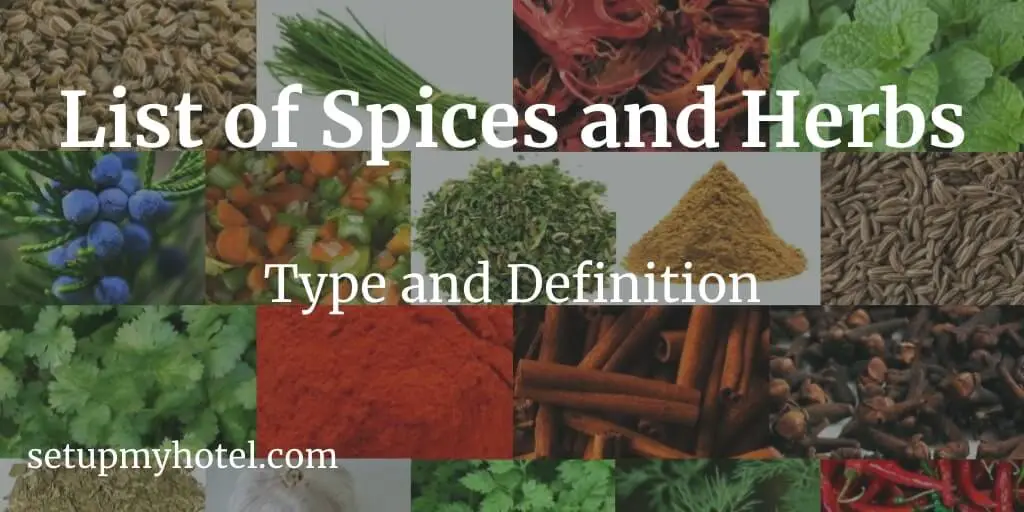
Types and Definitions of Herbs and Spices Used in Hotel Kitchens Spices: The term spice comes from Latin meaning ‘Fruits of the ...
Read more
Checklist For Selecting Online Booking System For Hotels

Checklist for selecting a booking System for your hotel Website An integral part of any Hotel website is its capability ...
Read more
Use Of Thermometer In Hotel Kitchen / Food Production

What is the use of a Thermometer in the hotel kitchen? In the food production or kitchen environment microbes are ...
Read more
Hotel Marketing Plan And Marketing Cycle

Marketing Plan in the Hospitality Industry The hotel marketing mix is a set of strategies used by hotels to promote ...
Read more
Kitchen Key Terms Complete List (A-Z) / Food Production Key Terms / Culinary Terms / Kitchen Jargons
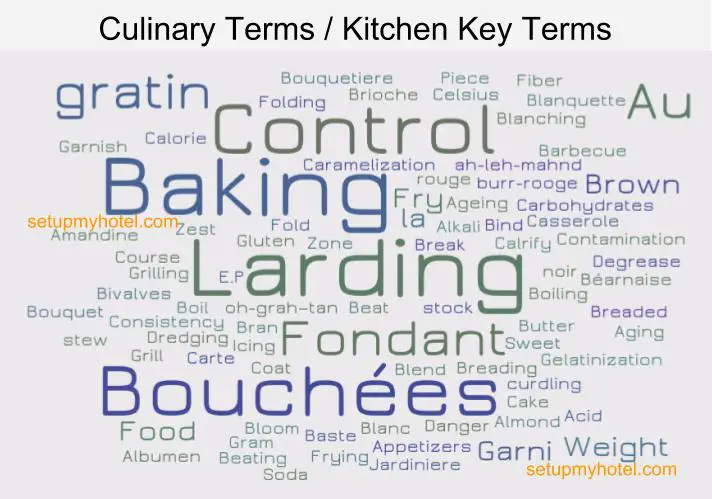
Food Production Key Terms / Kitchen Terms / Culinary Terms / Kitchen Jargon In the world of food production and ...
Read more
Standard Egg Grading And Egg Storage – Hotel Kitchen
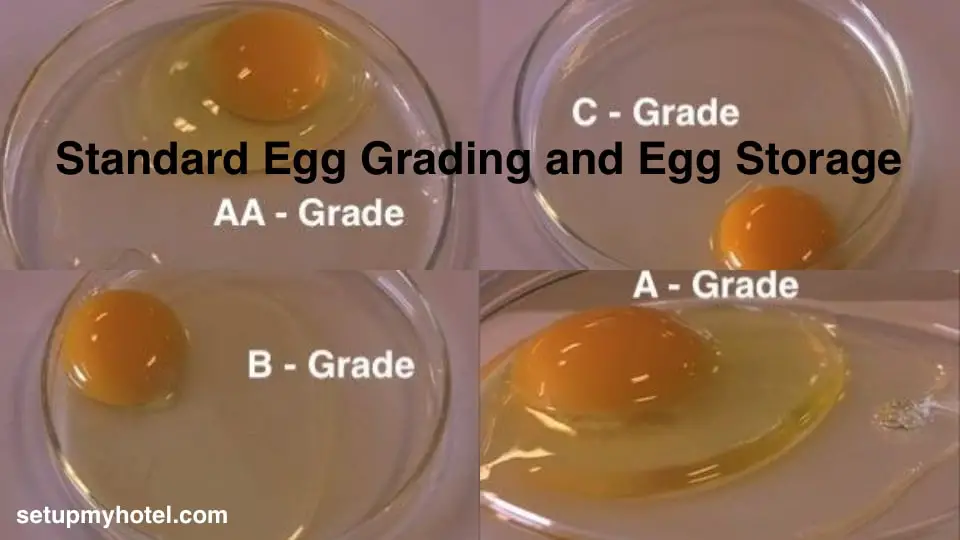
Hotel Standard for Egg Grading and Egg Storage The Grading of eggs is based on several factors. There are four ...
Read more
19 Cuts Of Vegetables / Types Of Vegetables Cuts
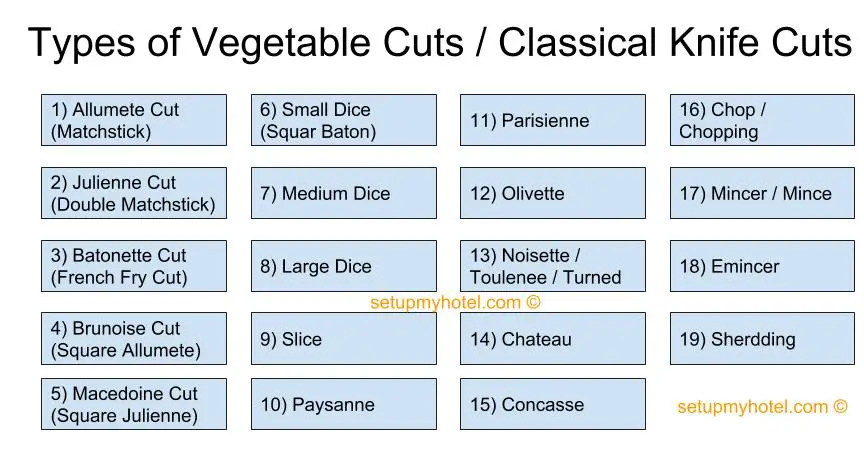
Types Of Vegetable Cuts Used in the Kitchen / Food Production Vegetables are a staple in many kitchens, and their ...
Read more
Types Of Kitchen Hand Tools & Small Equipment
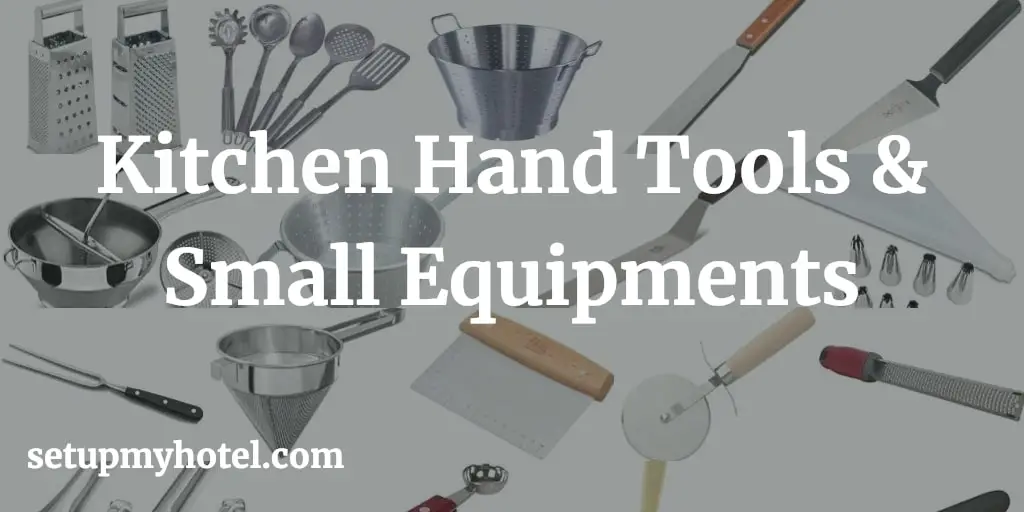
Different types of Kitchen Hand Tools & Small Equipment All kitchen staff should be familiar with the different types of ...
Read more
Basic Indian Curries And Gravy List – Standard Recipe – Hotels | Chef

Basic Indian Gravy’s List and Standard Recipe For Hotels | Chefs List of Basic Indian Curries and Indian Gravy 1 ...
Read more
HR – Hotel Staff Training Equipment, Handouts And Media

Hotel Staff Training Equipment, Handouts, and Media Details When it comes to hotel staff training, having the right equipment, handouts, ...
Read more









